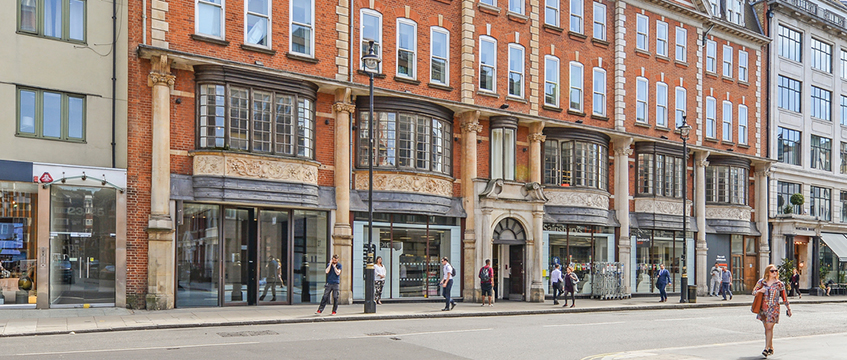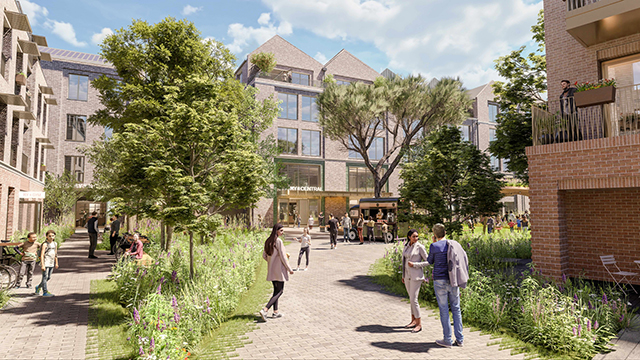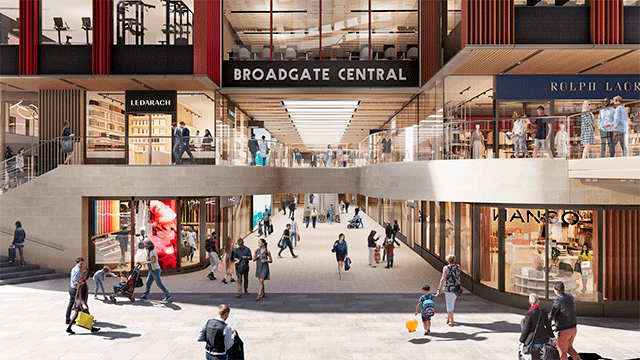Research commissioned by EG shows few boroughs have met new housing targets, so is the London Plan broken?
You can count them on the fingers of one hand – Merton, Croydon, Bromley, Hounslow and Sutton. The five London boroughs that have met or exceeded their housing targets under the London Plan. There the good news ends.
EG commissioned JLL to look at how provision of housing matches up to targets under the London Plan. The research shows that of the 33,000 new homes needed, only half were delivered last year.
Using DCLG construction data it showed that, perhaps more shockingly, 18 boroughs failed to meet even half their commitments. In pure numbers, Redbridge delivered the highest number of homes last year at 1,660, and unsurprisingly the top seven boroughs are in outer London. The lowest failed to provide a single home.
It throws into stark relief the GLA’s Housing Plan and questions where and how housing supply in the capital can and should come from. While emphasising the great job the GLA is doing, JLL head of residential research Adam Challis says the GLA has no carrot and no stick to make boroughs conform.
“Perhaps that’s what all the local authorities are treating this as: guidance. And those that are not development-orientated are not getting out of shape about failing to meet targets. They are voted for locally and the local voter base is more important than keeping Boris happy.”
The GLA says it is not wholly responsible for the number of completions. Faced with the research, it said the mayor and boroughs are primarily responsible for ensuring enough development capacity is identified through the planning system.
It points to the mayor’s wish to establish 20 Housing Zones looking to deliver 50,000 homes over the next decade. Within these local authorities identify and package together brownfield land which could be used for development, removing what it calls any unnecessary planning restrictions and partnering with a developer to build new homes. It claims this will significantly accelerate construction.
In a statement, Richard Blakeway, deputy mayor for housing, said: “For 30 years there has been a failure to build enough homes in London to meet demand. The mayor recently set targets that would deliver the largest number of new homes since the 1930s. To achieve this, he is pioneering new approaches and removing barriers that will lead to the construction of tens of thousands of new homes.
“The mayor expects that some boroughs that have traditionally delivered lower numbers of homes may come forward with bids to create Housing Zones as they will be incentivised to speed up construction.”
Housing Zones have been welcomed by the industry, but now that local authorities have submitted bids, what happens next is not clear. “Are there enough and is it quick enough?” asks Shaun Andrews, head of investor and developer planning at GL Hearn. “I suspect the answer is not. One of the most successful recent policies was the GLA’s introduction of opportunity areas and I think the local authorities should be asked again to review their areas… time and time again we find there is a great site, but it is fully let to, say, a business park when the location could potentially yield more jobs and more housing. There are some tough decisions and tough choices to be made.”
He points to MIPIM earlier in the year. “The buzz phrase was talk of doubling production of housing, a call to the private sector. But what has changed? What’s the saying? If you always do what you’ve always done, then you get what you always got.”
Boroughs at the bottom of the table elicit little surprise from agents.
The City of London Corporation said it was committed to the mayor’s plan but added: “The Square Mile is the smallest area of London, and has the highest daytime population density of anywhere in London. It would not be feasible to build large residential developments within the City boundaries for this reason. Demand for office space within the City is also extremely high.”
At the other end of the table, Hounslow, with nearly double the number of starts against its London Plan’s targets, still thinks it’s a struggle.
“Our housing pressures are not different to the inner boroughs, we have to deal with our proximity to Heathrow, which puts a huge pressure on housing,” says Steve Curran, leader of Hounslow council and cabinet member for housing.
“There is a lot of pushback to the London Plan. Some people say the mayor’s targets are too ambitious, but you have to be ambitious when you are looking at a housing crisis. We need more money or the opportunity to borrow more money.”
Further help may be at hand. While a recent study by Molior for the mayor of London stated that few individual schemes begin with more than 100 private sales per year, could that all change with London’s new breed of developer?
“International investment and development represents a step change, they are better capitalised and can decouple sales rates from development. They are used to delivering communities and a 200-unit site is not intimidating or scary,” says JLL’s Challis.
The future is FALP
The Future Alterations to the London Plan is currently under consultation. While it will ultimately see housing numbers rise, some boroughs will see their housing targets drop. Barking & Dagenham and Newham will see targets slip by a fifth. Hillingdon and Havering are set to drop by 10% and 5% respectively. It is ironic that Newham has one of the highest building densities of any London borough, says JLL, but in absolute terms is still delivering a high number. At the other end of the scale Hammersmith & Fulham will see its obligations nearly triple.
nadia.elghamry@estatesgazette.com











